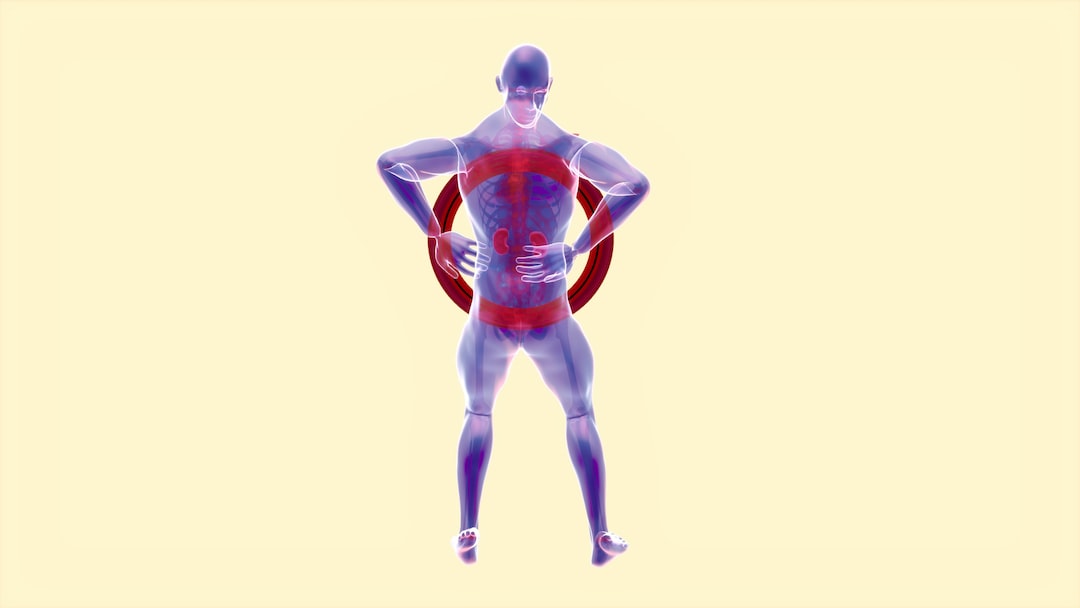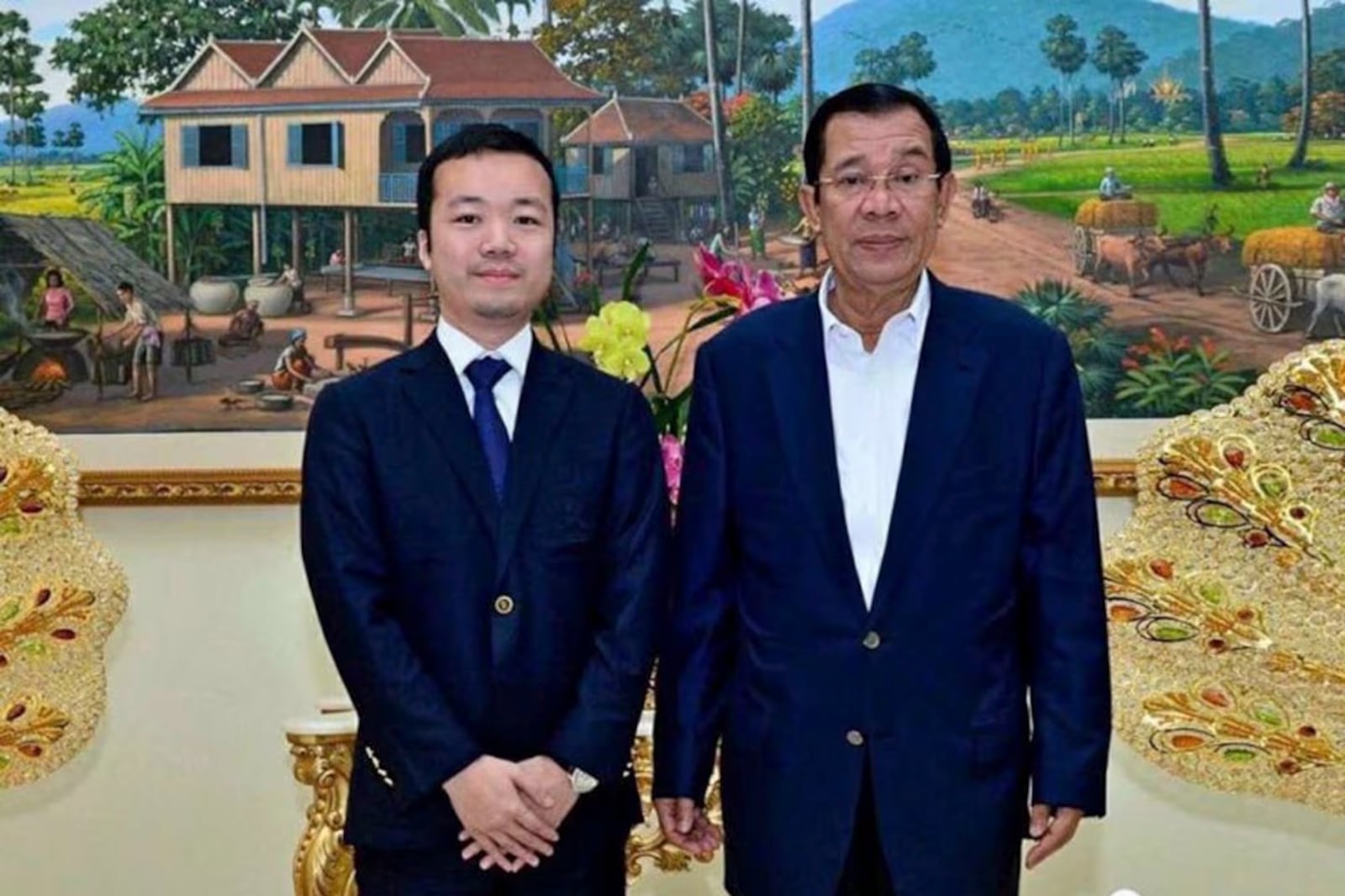Walking the Tightrope: Mastering the Art of Chronic Pain Management
Chronic pain is a relentless companion that can consume one’s life, leaving individuals feeling trapped in a perpetual state of suffering. The quest to effectively manage chronic pain has become an ongoing battle for millions of people worldwide. Like a tightrope walker navigating their way across a daunting chasm, those grappling with chronic pain must master the delicate art of balance and resilience. In this article, we delve into the intricacies of chronic pain management, exploring the multidimensional aspects that define this daily struggle and uncovering potential strategies to regain control and restore quality of life.
To understand the gravity of chronic pain management, it is vital to realize that it is not a malady that can be easily cured or overcome. It is a complex and multi-faceted challenge that requires a comprehensive approach. Unfortunately, modern medicine often falls short in adequately addressing the nuances of chronic pain. Physicians focus on symptom relief, prescribing opioids and medications that are meant to minimize discomfort. However, these measures rarely provide the desired long-term results and often come with a host of unwanted side effects, including addiction and dependency.
The key to mastering the art of chronic pain management lies in the realization that it requires a holistic approach, encompassing not just medication, but a range of tools and strategies that target the physical, mental, and emotional aspects. It is an ever-evolving process that demands constant adaptation and self-discovery.
One integral element is the utilization of non-pharmacological therapies, such as physical therapy, occupational therapy, and cognitive-behavioral therapy. Physical therapy aids in strengthening the body, enhancing range of motion, and improving function while minimizing pain. Occupational therapy helps individuals adjust their daily routines and activities to accommodate their pain, allowing them to regain a sense of independence and purpose. Meanwhile, cognitive-behavioral therapy focuses on reshaping negative thought patterns and helping individuals develop healthy coping mechanisms, ultimately altering their perceptions and responses to pain.
Additionally, alternative therapies have emerged as valuable companions in the realm of chronic pain management. Techniques such as acupuncture, massage therapy, and biofeedback have shown promise in reducing pain and promoting relaxation. While the efficacy and scientific basis of these therapies may be subject to debate, many individuals have reported significant improvements in their pain levels and overall well-being.
However, the art of chronic pain management extends beyond the realm of physical interventions. It involves nurturing one’s mental and emotional well-being, recognizing and addressing the psychological impact that chronic pain has on an individual’s life. Chronic pain can lead to depression, anxiety, and a sense of hopelessness, with individuals often feeling isolated and misunderstood. Support from mental health professionals, peer support groups, and loved ones plays a crucial role in breaking this cycle of despair. By providing a safe space for open dialogue and validation, these support systems can increase one’s resilience, restore a sense of belonging, and instill hope for a brighter future.
Furthermore, self-care becomes a fundamental aspect of chronic pain management. Engaging in activities that bring joy and fulfillment helps individuals reclaim a sense of control while counterbalancing the overwhelming sensations of pain. Mindfulness, meditation, and relaxation techniques can assist in redirecting focus away from pain and toward the present moment, fostering a broader perspective and reducing the impact of pain on daily life. It is through these small acts of self-care that individuals learn to walk the tightrope of chronic pain management, finding stability and purpose amid the unending challenges.
Lastly, the art of mastering chronic pain management requires a concerted effort from the healthcare community to shift the paradigm surrounding pain. Clinicians need to adopt a truly patient-centered approach, actively listening and forming partnerships with those suffering from chronic pain. The importance of tailored pain management plans, open communication, and ongoing support cannot be underestimated. By working together, clinicians and patients can navigate this treacherous tightrope, overcoming the obstacles that hinder effective chronic pain management.
In conclusion, chronic pain stands as a formidable foe, threatening to consume the lives of those afflicted. However, by embracing a comprehensive approach that accounts for the physical, mental, and emotional dimensions of pain, individuals can learn to walk the tightrope of chronic pain management with resilience and purpose. As healthcare professionals, it is our duty to shed light on the nuances of this ongoing battle and actively pursue innovative strategies that empower and restore quality of life to those affected by chronic pain. Only then can we collectively strive to help individuals regain control, balance, and hope amid the tumultuous landscape of chronic pain.
[ad_1]












